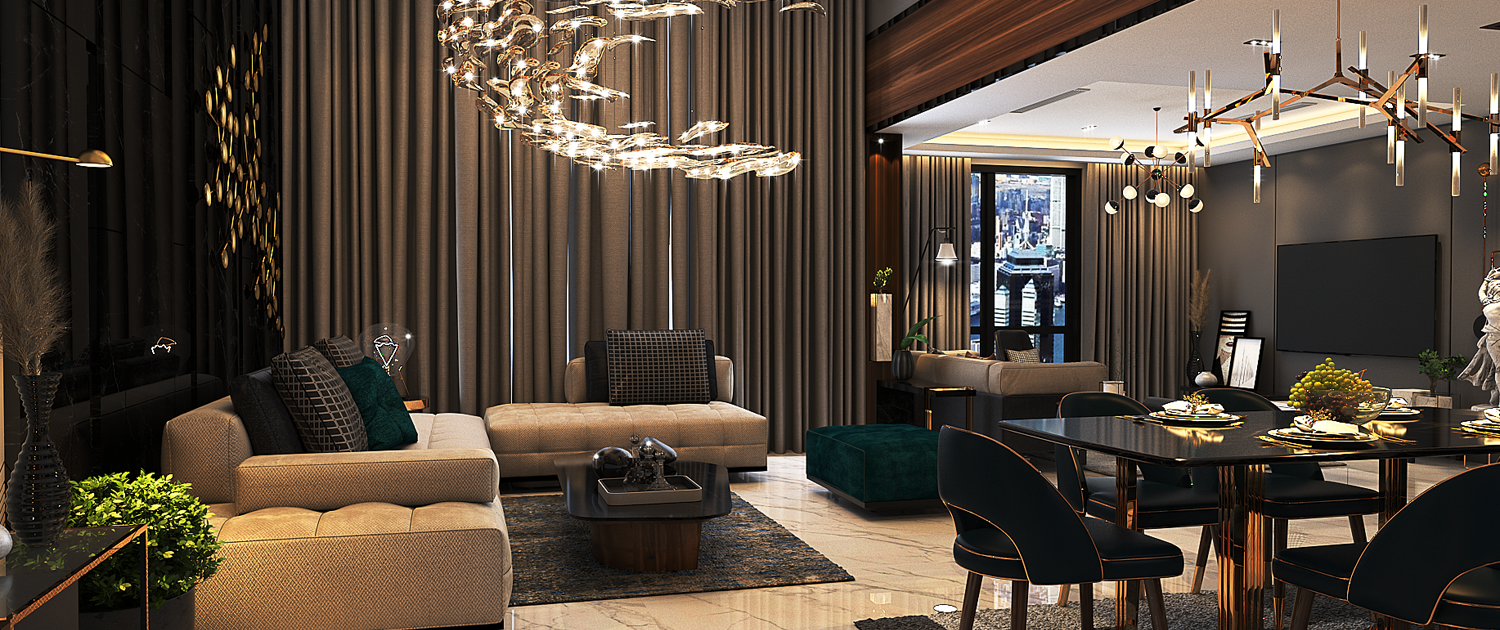
Furniture is more than just a functional element of a space; it is an expression of personal style, an embodiment of taste, and an extension of the ambiance we wish to create in our homes. Elegant furniture, with its subtle beauty and refined craftsmanship, plays a crucial role in transforming any interior into a sophisticated haven.

What Defines Elegant Furniture?
1. Sleek Design & Clean Lines
Elegance in furniture design is often associated with simplicity. Clean, sleek lines without excessive ornamentation can make pieces feel timeless. Whether it’s a modern minimalist piece or a more classic design, simplicity enhances sophistication.
2. Premium Materials
Elegant furniture is crafted from high-quality materials. Wood, marble, glass, and metals such as brass and stainless steel are commonly used to create refined pieces. The tactile feel of a smooth, polished surface can elevate the atmosphere of a room, giving it an air of understated luxury.
3. Harmonious Color Palette
Neutral tones, pastels, and monochromatic hues are often used in elegant furniture. These colors have a calming effect, allowing the furniture to seamlessly blend with its surroundings while maintaining a distinctive presence. Soft grays, beiges, whites, and deep blues or greens can make any space feel both cozy and chic.
4. Attention to Detail
Elegance is found in the details. Whether it’s the fine stitching on an upholstered chair or the intricate wood carvings on a traditional table, these subtle features add depth and character. Small details like brass handles, crystal accents, or leather touches can elevate the overall design.
How to Incorporate Elegant Furniture into Your Space
1. Choose Statement Pieces
Rather than cluttering a room with several smaller items, opt for a few statement pieces that exude elegance. A sculptural chaise lounge, a beautifully crafted dining table, or a sleek console can anchor a room and become the focal point of the space.
2. Mix Modern and Classic
Elegant furniture doesn’t have to stick to one design era. Mixing modern and classic elements can result in a stunning aesthetic. A contemporary glass coffee table paired with traditional velvet armchairs creates a dynamic yet cohesive look.
3. Focus on Functionality
While aesthetics are important, furniture should also serve a functional purpose. Elegant furniture doesn’t compromise on comfort or usability. Choose pieces that not only look good but also offer comfort and practicality. For instance, an elegant, tufted sofa should provide both style and relaxation.
4. Don’t Overcrowd the Space
Elegance thrives in uncluttered spaces. Avoid overcrowding rooms with too much furniture. Allow your pieces to breathe and let each item make a statement on its own. Open, airy spaces with a few elegant pieces can make a more significant impact than a room filled with furniture.
The Impact of Elegant Furniture on Interior Design
Elegant furniture has a transformative power in interior design. It creates a balance between aesthetics and functionality, turning everyday spaces into refined sanctuaries. Whether you’re revamping your living room, upgrading your dining area, or designing a new office space, choosing elegant furniture is an investment in both comfort and beauty
